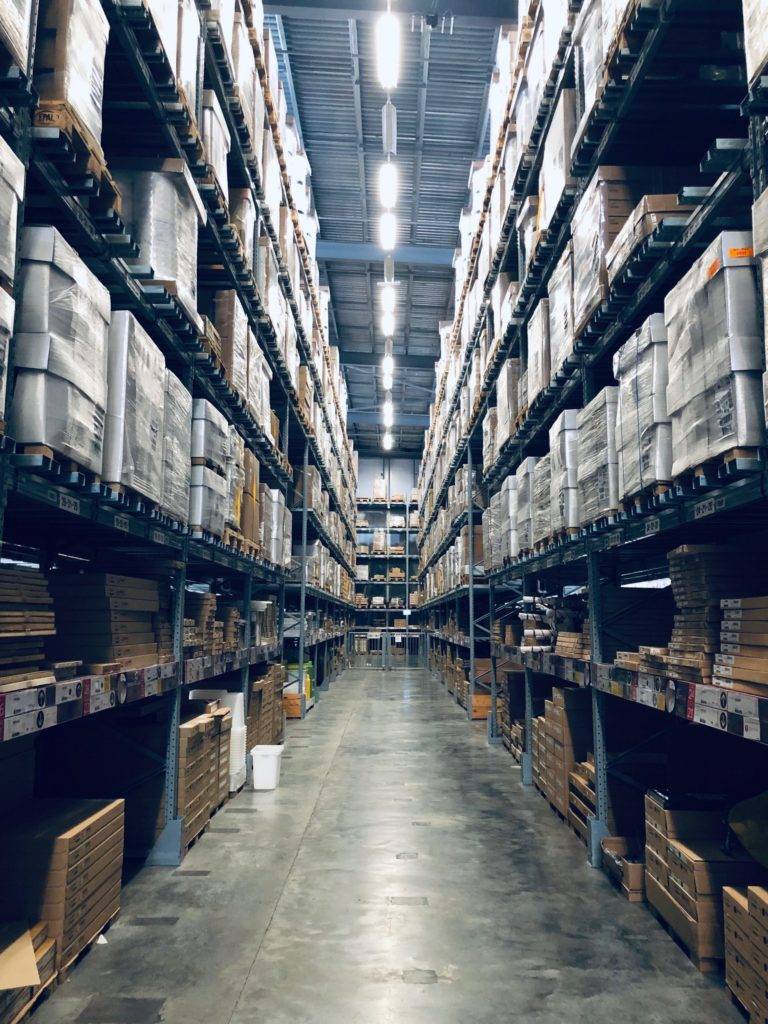It’s safe to assume that COVID-19 affected every industry this year. From remote work to mask-wearing and social distancing on the frontlines, this global pandemic changed our workflows, our markets, and how we do business. What has been the impact of COVID-19 on warehousing and what can we expect in the future?
COVID-19 and the Warehousing Industry
Supply chains around the world have been massively affected by COVID-19. A pandemic hotspot causes a ripple effect of disruption, from warehouse closures, plant shutdowns, transportation delays, and more. Some warehouses were left with extra inventory they couldn’t ship and others couldn’t find what they needed. Consumer behavior was also erratic, causing runs on basic supplies like paper products, while the markets went generally crazy. All of this happened in the spring as COVID made the jump from China to the U.S. Things have stabilized somewhat but there are some ongoing changes to distribution, logistics, and warehousing that will continue to impact us in 2021. For example:
Mask wearing and social distancing will continue for a while.
Expect warehouses to maintain one-way traffic aisles as well as sanitation stations for workers. Many will continue to closely monitor the health of their workers to prevent another outbreak—at least until a vaccine becomes widely available.
Expect warehouses to keep more inventory on hand.
Lean, on-demand warehousing has been a generally accepted best practice for years, but the COVID-19 pandemic showed us just how vulnerable we really were to supply chain disruption. We learned that during a global pandemic, products can be shut down because our supply chains are so diverse and tied to a worldwide web of manufacturing. Even those this new approach will create additional problems for warehousing companies, expect them to keep more inventory on-hand in the future.
Warehouses will likely shift their supply chains.
Warehouses will likely shift their supply chains closer in a process called nearshoring or reshoring. Watch for companies that can bring processes in-house to do so. You can also expect the industry to rebuild supply chains from partners closer to home. This will save freight transportation costs but will likely require the need for more warehouse and storage space.
Warehouse processes will be updated.
Warehouses will change their processes by adding more automation and looking for workflows that make product delivery more scalable. COVID-19 taught us that demand for products is unpredictable during a crisis. This will cause many warehousing companies to seek ways to adjust labor to increase output or to use automated systems to improve efficiencies.
Same-day delivery increases.
Customer demands for same-day delivery are not expected to decline anytime soon. This will force many warehouses to decentralize from their acres of sprawling facilities to a more decentralized approach. Look for smaller warehouses to spring up closer to key customer bases. This will cut down on transportation costs while keeping customers satisfied. Many may seek out new partnerships with third-party logistics companies to create a more agile fulfillment network.
COVID-19 has changed the world in ways we didn’t expect. How your company adapts now to these changes will ensure your future success. PrideStaff is standing by during these unprecedented times to help your business quickly find top talent to meet the needs of your customers.Call on us to increase your time to hire.



